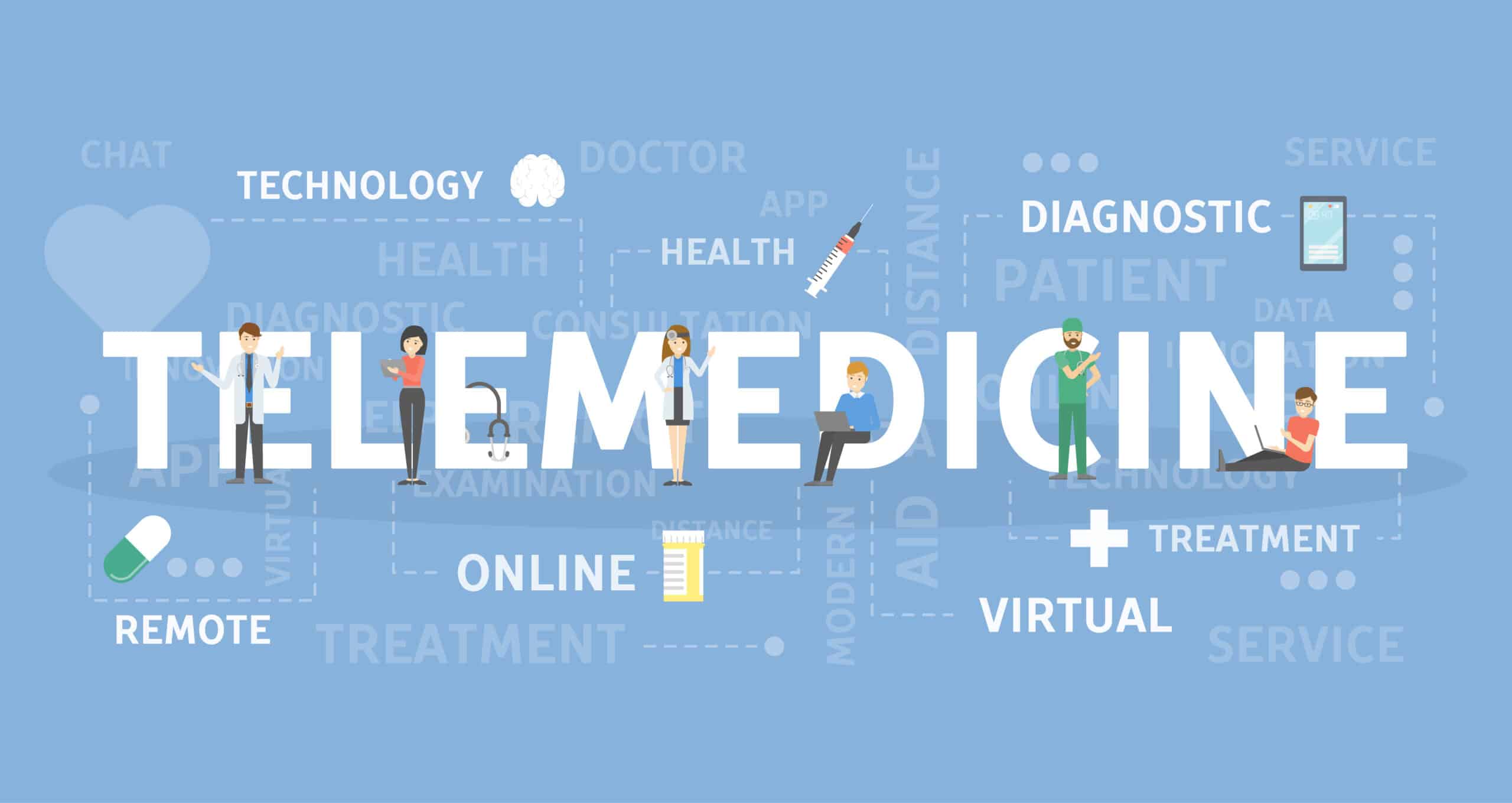While traditionally done over the phone, telemedicine is nothing new to the medical industry. Still, current technological advances with video chatting over online connections have drastically improved such services’ value. Unfortunately, many people are still leery of these services because of unfamiliarity or misinformation. While it is no secret that telehealth struggled in the early years, many original problems are no longer an issue for the growing and institutional amenity. Still, specific caveats and educational barriers keep patients from benefiting from it.
Reasons Patients Might Not Use Telemedicine
The ability to visit a doctor or healthcare provider from the comfort of your home should be appealing to the entire population, but stigmas and limitations still prove as barriers to the exceptional and necessary service. As a healthcare industry and a population, it is vital to understand the obstacles and objections limiting the reach and success of video health offerings.
Insurance Coverage
Historically, insurance providers often refused coverage for telemedicine visits. However, recent health crises exposed the vulnerabilities of the traditional healthcare model, leading many providers to become more inclusive with technological platforms and services. While your insurance provider might not have covered previous telehealth visits, it is worth revisiting your policy to see if changes were made. If not, you might want to consider looking for additional coverage or switching to a different carrier for a more inclusive policy.
Digital Literacy
People with mobility or transportation problems stand to benefit the most from telehealth. Unfortunately, people in such circumstances often have the least experience with technology and digital platforms, meaning they are uncomfortable with digital engagement or do not understand the principle. Sometimes, to provide care to the people who need it most, it is crucial to reach out to those in their lives who can help them learn how to use an unfamiliar technology to become comfortable with it, especially when it can benefit their health and wellness.
Security Concerns
Technology and security have a tumultuous relationship. Many people do not understand the level of preparation and design that goes into creating secure platforms that maintain doctor-patient confidentiality and HIPAA compliance. As with any nascent technology, video chat services went through a sensitive and problematic phase, but as the services evolved, the security measures did too, leading to hospitals’ confident embrace across the country.
Internet Access
High-speed internet is a requirement of most video chat services. While most cities and populated suburban areas have no problem providing access, rural communities still struggle because of a lack of available providers. Additionally, broadband options cost significantly more than other internet service options, meaning that many people in impoverished communities do not have the financial means for such luxuries. Availability and access are still two causes for concern within the telehealth market because patients in rural and poor communities stand to benefit the most despite having the least access.
Advantages To Telemedicine
Despite the causes of concern over telemedicine practices, there are many advantages. The objective is to encourage patients to see the value in the service despite their potential objections.
Reduced Costs
While some insurers are still postponing the approval of video chat services in the healthcare industry, many embrace the change. For insurers and patients, the advantage is twofold because patients can receive many of the same benefits of an in-office visit without it costing nearly as much. Therefore, insurers save money on essential checkups, and patients enjoy a visit from the comfort of their homes.
Increased Access
Medical billing companies can attest to the increase in online healthcare services, allowing many homebound and mobility-challenged patients to see their doctors routinely.
Increased Patient Care
Telehealth is now embracing urgent care consultations, meaning patients can receive medical advice and care when it is needed most. The ability to receive care and consultations on their terms means that many patients are more willing to seek the help they need.
Increased Patient Engagement
Online platforms also improve patient engagement. Patients that have access to online platforms can help to increase their engagement. They can message back and forth with their doctor, change or schedule doctors appointments, and check lab results and more.
Trust and Online Healthcare Formats
To increase patient confidence in the system, the best telemedicine tips involve education and communication. The only way to address patient concerns is to talk about them. Identify common fears and explain how your facility addresses them. Provide pamphlets, newsletters, online information, and in-person dialogue to help bolster faith in the system, encouraging use and trust.
The changing technological environment is intimidating for patients, but it can be calmed with proper information around telemedicine. Learning to implement, process, and organize new digital interfaces takes time, patience, and management skills. If you need help updating your medical billing solutions, contact PracticeForces.





